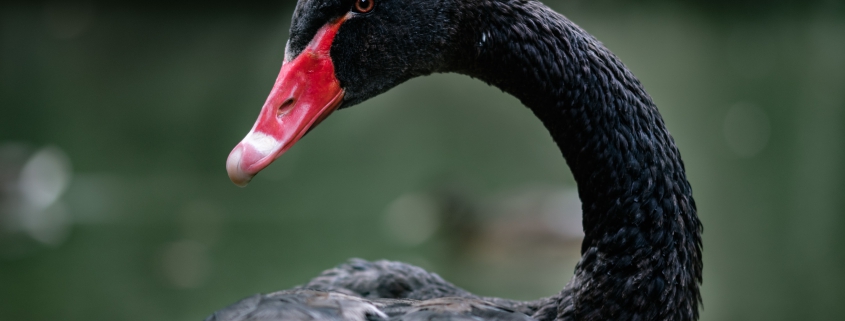Swans, bunnies and rhinos – economic terminology explained

By
Head of Dynamic Markets and Portfolio Manager of Dynamic Markets FundSydney, Australia
In a recent address to senior Chinese Communist Party officials, President Xi Jinping warned of the threat posed by “black swans” and “grey rhinos”. They are both terms that have entered popular use over the last decade to describe perceptions of risk in a market economy. But what do they – and other animal metaphors used to describe economic conditions – mean?
Black swans
The term black swan was coined by the ancient Greeks to describe an impossible event. It was used for centuries by Europeans who had only ever seen white swans. This changed when Europeans discovered Australia and saw, for the first time, black swans.
A black swan is now used to describe an event which is outside the realm of prior expectations, but which carries an extreme impact, and is prone to post-rationalisation in order to explain its occurrence. The terrorist attacks of September 11, 2001 are often described as a typical black swan; it was unanticipated, but easily explained in hindsight, and the signals for such attacks in the future are now commonly discussed and recognised.
Grey rhinos
In contrast to the low-probability black swan, the grey rhino is a high-impact, high-probability event that for various reasons is usually ignored by investors and policy makers. It could be used to characterise problems such as climate change, debt, and economic inequality.
Why the animal names?
The use of animals as metaphors dates back to the some of the earliest human literature, with the likes of Aesop employing animal characters to explain the limitations of human reasoning. John Maynard Keynes, in his General Theory of Employment, Interest, and Money, coined the term ‘animal spirits’ to describe economic decisions taken as a result of a spontaneous urge to action, rather than a rational evaluation of the consequences1.
Bulls, bears and bunnies
Today analysts continue to ascribe animal characteristics to market behaviour, most notably in reference to bull and bear markets. The most interesting theory for the origin of these terms comes from the North American bearskin trade, where ‘bear-jobbers’ would short-sell skins in the hope that prices would fall2. The term ‘bear-jobber’, later shortened to ‘bear’, found its way to the stock market, and a ‘bear’s market’ became common terminology for a falling market. According to this explanation, the term ‘bull’ was added later.
More recently, the zoo has expanded to include gummy bears (bear markets which satisfy technical definitions but which return to pre-bear levels within a year) and grizzly bears (where falls are much deeper and last much longer, as in the global financial crisis).
In my experience, the progression through both bull and bear markets can be characterised by a number of stages:
The three stages of a bull market:
- A few forward-looking people begin to believe things will improve or get less bad.
- Most investors realise improvement is actually taking place.
- Everyone concludes things will get better forever.
The three stages of a bear market:
- Just a few investors recognise that despite the prevailing bullishness, things won’t always be rosy.
- Most investors recognise things are deteriorating.
- Everyone’s convinced things can only get worse.
The final, and perhaps least-known, member of the menagerie is the bunny market, the meaning of which should be immediately obvious: it’s a market which hops up and down but doesn’t really go anywhere.



